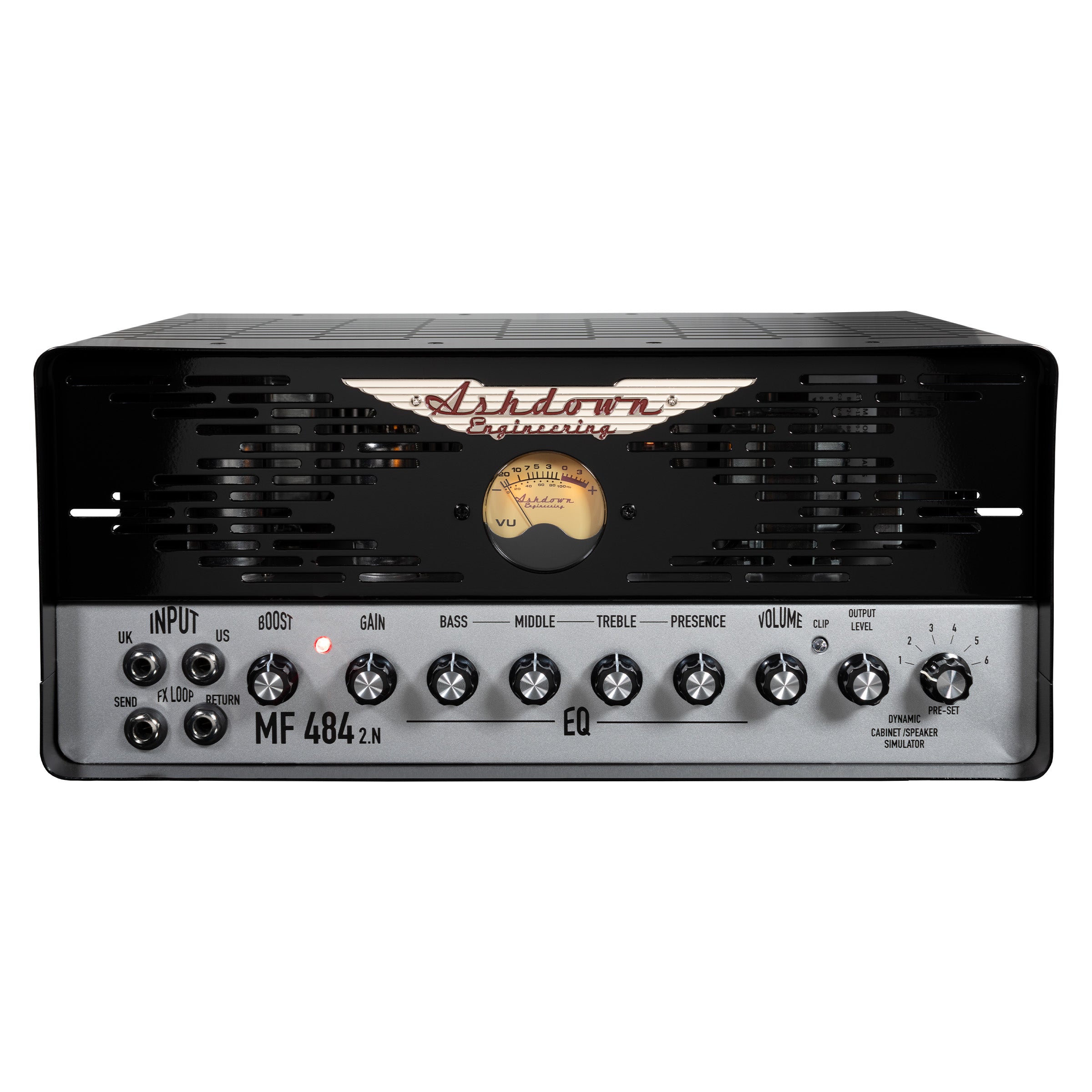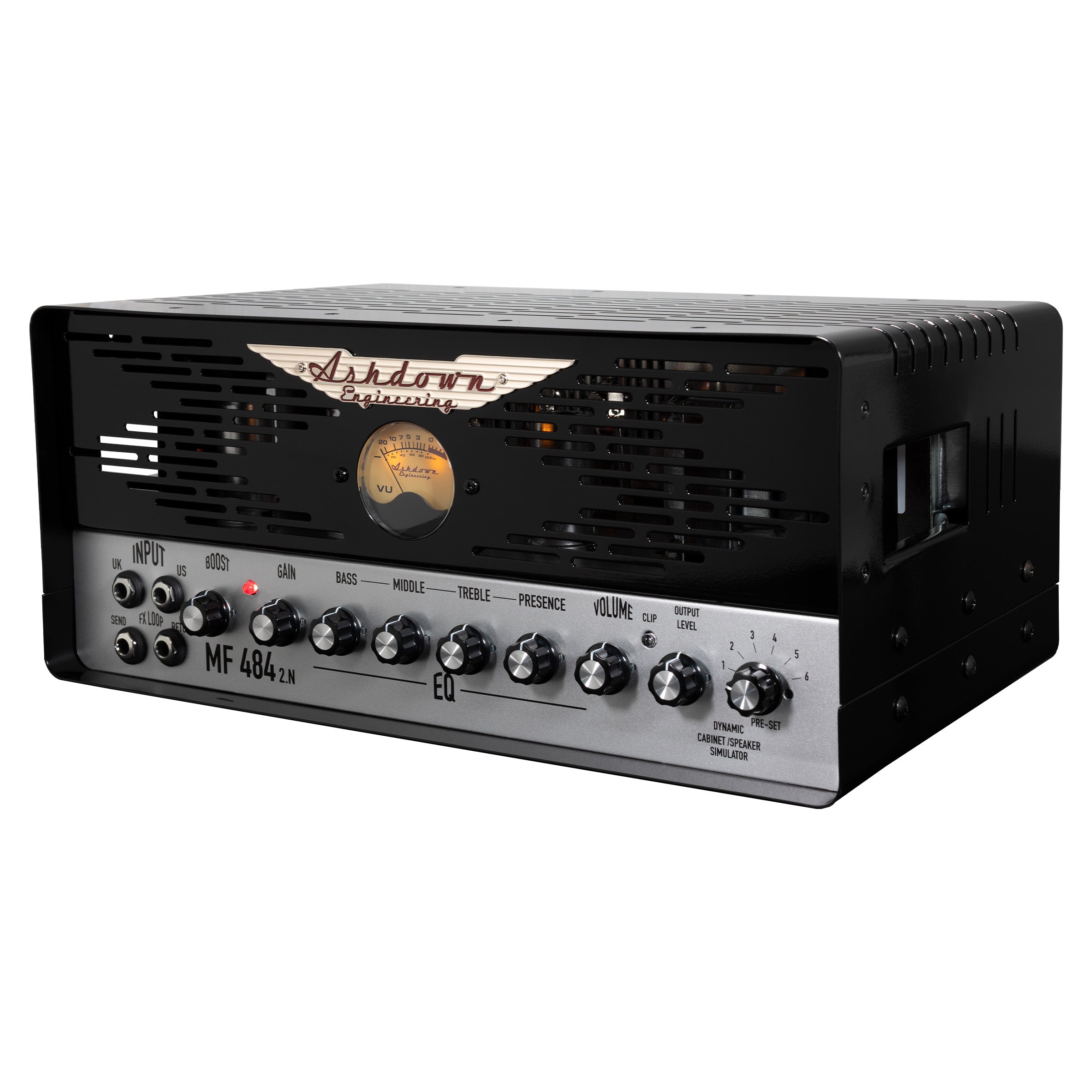



MF 484 2.N
Se marie bien avec
Expédition sous 1 à 2 jours ouvrés (commandes clients britanniques uniquement)
Garantie de 5 ans
Conçu pour durer, approuvé par les meilleurs

MF 484 2.N
Pour toute question, n'hésitez pas à nous contacter. Nous vous répondrons dans les plus brefs délais, sous 24 heures en semaine.
-
Livraison le lendemain
Commandez avant 15h, du lundi au vendredi, et recevez votre commande dès le lendemain !
-
Assistance clientèle
Une question ? Notre équipe dédiée est là pour vous aider par téléphone ou par e-mail.
-
FAQ
Besoin d'aide rapidement ? Notre FAQ couvre tout, des commandes aux garanties.
-
Contactez-nous
Parlons-en ! Pour une question, un souci ou juste un petit coucou, nous sommes toujours là !
Spécifications du produit
POUVOIR
CONNECTIVITÉ ET E/S
PERFORMANCE
DIMENSIONS ET POIDS
Utilisateur

manuel
CLIQUEZ SUR L'IMAGE CI-DESSUS POUR TÉLÉCHARGER LE MANUEL D'UTILISATION
FAQ
Veuillez lire notre page FAQ pour en savoir plus.
Combien de temps faudra-t-il pour que ma commande arrive ?
Les commandes passées avant 15h (du lundi au jeudi) sont expédiées le jour même. Les commandes des clients britanniques sont expédiées le lendemain via TNT.
Faites-vous des achats en dehors du Royaume-Uni ?
Actuellement, nous ne prenons pas en charge les commandes hors du Royaume-Uni. Si vous recherchez un produit spécifique, consultez notre localisateur de revendeurs pour trouver le revendeur Ashdown le plus proche !
Si vous ne trouvez pas de revendeur local, n'hésitez pas à nous contacter et nous essaierons de vous aider !
Les produits Ashdown sont-ils accompagnés d'une garantie ?
Oui ! Tous les produits Ashdown achetés bénéficient d'une garantie de 5 ans, vous offrant ainsi une tranquillité d'esprit et un support à long terme.
Pour plus d'informations sur les garanties, visitez notre page d'informations sur la garantie !
Où puis-je acheter des pièces détachées et des accessoires Ashdown ?
Vous pouvez acheter des pièces détachées, des pédales et des accessoires directement auprès de notre service après-vente. Si vous cherchez un produit spécifique, notre équipe se fera un plaisir de vous orienter !
Comment puis-je contacter le support Ashdown ?
Notre équipe passionnée basée au Royaume-Uni est toujours prête à vous aider. Vous pouvez nous contacter par téléphone ou par e-mail ; nous serons ravis de répondre à toutes vos questions.

